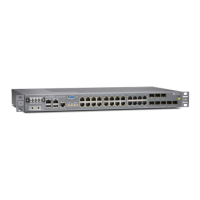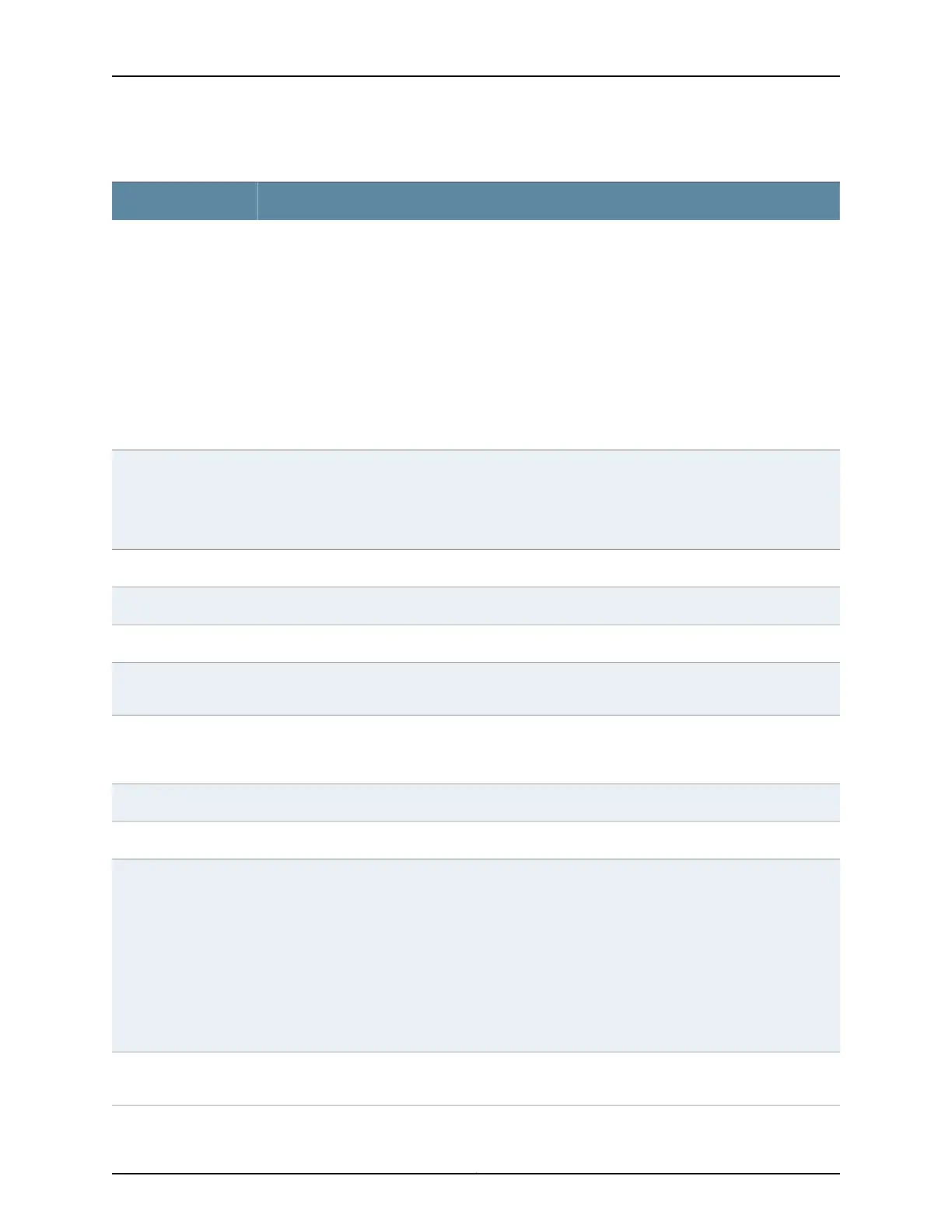Table 226: show route table Output Fields (continued)
Field DescriptionField Name
Protocol from which the route was learned and the preference value for the route.
• +—A plus sign indicates the active route, which is the route installed from the routing table into the
forwarding table.
• - —A hyphen indicates the last active route.
• *—An asterisk indicates that the route is both the active and the last active route. An asterisk before
a to line indicates the best subpath to the route.
In every routing metric except for the BGP LocalPref attribute, a lesser value is preferred. In order to
use common comparison routines, Junos OS stores the 1's complement of the LocalPref value in the
Preference2 field. For example, if the LocalPref value for Route 1 is 100, the Preference2 value is -101.
If the LocalPref value for Route 2 is 155, the Preference2 value is -156. Route 2 is preferred because it
has a higher LocalPref value and a lower Preference2 value.
[protocol, preference]
(IS-IS only). In IS-IS, a single AS can be divided into smaller groups called areas. Routing between
areas is organized hierarchically, allowing a domain to be administratively divided into smaller areas.
This organization is accomplished by configuring Level 1 and Level 2 intermediate systems. Level 1
systems route within an area. When the destination is outside an area, they route toward a Level 2
system. Level 2 intermediate systems route between areas and toward other ASs.
Level
IP subnet augmented with a 64-bit prefix.Route Distinguisher
Provider multicast service interface (MVPN routing table).PMSI
Type of next hop. For a description of possible values for this field, see Table 217 on page 3006.Next-hop type
Number of references made to the next hop.Next-hop reference
count
Indicates that the number of flood next-hop branches exceeded the system limit of 32 branches, and
only a subset of the flood next-hop branches were installed in the kernel.
Flood nexthop
branches exceed
maximum message
IP address of the route source.Source
Network layer address of the directly reachable neighboring system.Next hop
Interface used to reach the next hop. If there is more than one interface available to the next hop, the
name of the interface that is actually used is followed by the word Selected. This field can also contain
the following information:
• Weight—Value used to distinguish primary, secondary, and fast reroute backup routes. Weight
information is available when MPLS label-switched path (LSP) link protection, node-link protection,
or fast reroute is enabled, or when the standby state is enabled for secondary paths. A lower weight
value is preferred. Among routes with the same weight value, load balancing is possible.
• Balance—Balance coefficient indicating how traffic of unequal cost is distributed among next hops
when a routing device is performing unequal-cost load balancing. This information is available
when you enable BGP multipath load balancing.
via
Name of the LSP used to reach the next hop.Label-switched-path
lsp-path-name
Copyright © 2017, Juniper Networks, Inc.3118
ACX Series Universal Access Router Configuration Guide

